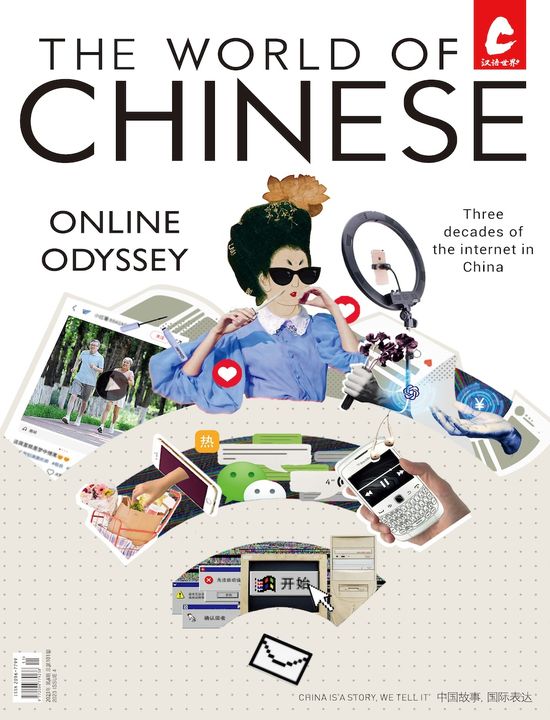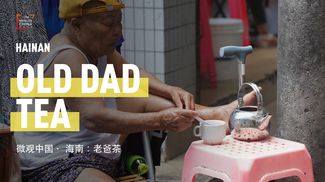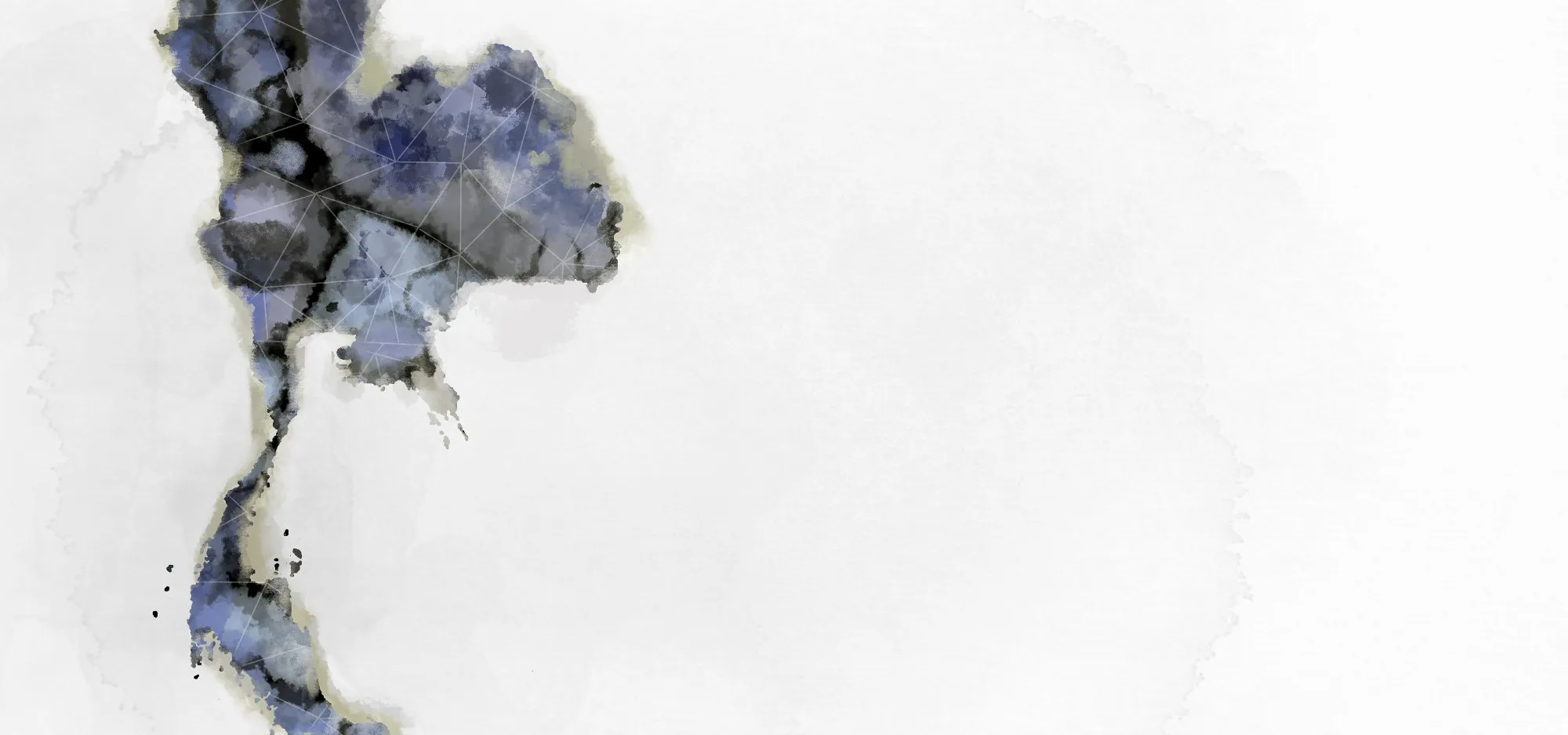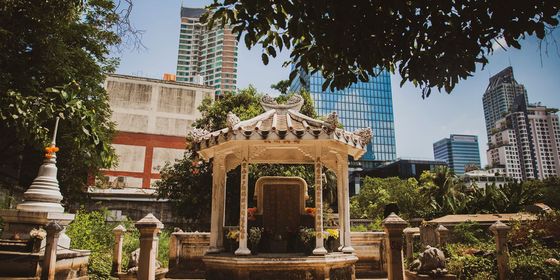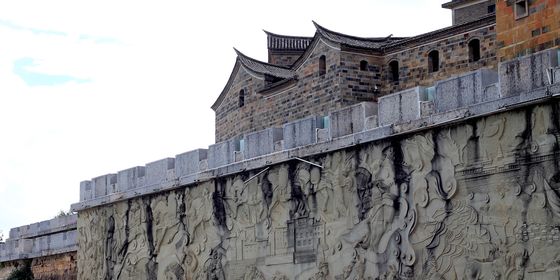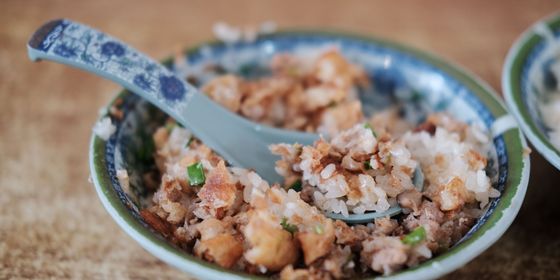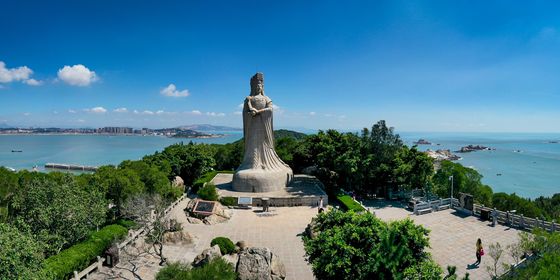Tea plantations in Northern Thailand built by descendants of Chinese soldiers
Mae Salong sits along a winding mountain road in Northern Thailand. The village is in an isolated valley, the hillsides lined with terraced fields. Thirty years ago it would have been nearly inaccessible. Today, a paved road deposits tourists at a market at a crossroads not far from the town center. Some come for the tea, others for the scenery, but most are here to experience a cultural anomaly: A lost colony of Chinese soldiers from a forgotten war.
Atop a ridge overlooking the town is the tomb of Duan Xiwen (段希 文). It was General Duan who, more than 50 years ago, led a group of refugee soldiers out of Myanmar and into the hills north of Chiang Mai. For nearly two decades, Duan and his officers ran a small semi-independent fiefdom based in Mae Salong. They survived by working the land and the revenue they derived from their involvement in the Golden Triangle opium trade.
The village’s history traces back to the conclusion of the Chinese Civil War in 1949, when many of the forces loyal to the Nationalist government of Chiang Kai-shek retreated to Taiwan. But a few divisions, bottled up in the southern province of Yunnan, instead fled south into Myanmar. With assistance from the Nationalist government and US intelligence agencies, these units established a base area in the hills along the China-Myanmar border.
But not everyone in the region was so keen on the presence of this exile army of Chinese irregulars. The government of Myanmar saw the soldiers not as refugees but as an invasion. It was also feared that the KMT interlopers might provoke the People’s Liberation Army into crossing the border into Myanmar in the name of “counter-insurgency.”
It was not an idle worry. The government of Chiang Kai-shek, with the assistance of the CIA, was actively supporting the KMT remnants in Myanmar with arms, supplies, and training. In 1951 the CIA proposed a plan known as Operation Paper as a way to divert Beijing’s attention from the Korean Peninsula. The KMT remnants strengthened their forces with recruits from local hill tribes and refugees from Yunnan. That summer, they staged raids into southern Yunnan and made modest gains, controlling four border counties before the PLA launched a counterattack inflicting heavy casualties and forcing the KMT troops back across the border. Subsequent operations in 1952 and 1953 also ended in failure.
In the meantime, many of the KMT remnants had turned their attention away from “liberating” the Chinese mainland to taking control of the local opium trade. They built bases and villages along the border with China. Men married into local families, giving them access to resources, land, and labor. As the KMT refugees consolidated their control over vast areas of eastern Myanmar, the Myanmar government appealed to the government in Taiwan and the United States to repatriate the soldiers back to Taiwan.
About 5,000 men and their families finally left Myanmar for Taiwan at the end of 1953, but many soldiers were unwilling to go. Most of the men were from Yunnan, where many still had families; there was nothing waiting for them in Taiwan. Moreover, they had spilled blood and lost friends to carve a life out of the hills and jungles of Myanmar. It wasn’t home, but it was an existence, and with the development of the opium trade, an increasingly lucrative existence.
In December of 1960, the government of Myanmar finally ran out of patience. Their army—with the assistance of PLA troops operating in Myanmar—launched a major offensive on KMT bases in the border regions. Hundreds of KMT soldiers and their dependents were killed, and the remainder fled east to the relative safety of Thailand and Laos.
One of these refugee bands, led by General Duan Xiwen, regrouped in the area around Mae Salong in Northern Thailand. At first, the Thai government wasn’t any happier than their Myanmar counterparts to have KMT remnants dug into their border regions. But in the 1960s, the government of Thailand was facing rebellion from communist guerrilla groups as well as non-Thai minorities who resented their second-class status. The KMT remnant troops might have come into Thailand uninvited, but they were organized, battle-tested, and staunchly anticommunist. Throughout the 1960s and 1970s, troops based in Mae Salong under the command of General Duan loosely cooperated with the Thai government and other KMT remnant bands in anti-insurgency and border control operations.
The results of this collaboration were distinctly mixed. Coordination between KMT units was complicated by personal and business rivalries among the different commanders. Once ensconced in Thailand, Duan and the other KMT officers resumed their involvement in the cultivation and processing of opium. Turf wars between rival commanders often led to open fighting.
By the 1980s and 1990s, the Chinese community aspired to be something more than just refugees eking out a living or drug traffickers fighting to keep a place in a violent game. The original warrior-refugees were no longer young men, and their sons had little interest in carrying on their military legacy.
Duan and other community leaders brokered a deal with the Thai government: They would lay down their arms and disband their armies in exchange for citizenship. Today, most of the Chinese communities in Northern Thailand have been integrated into the Thai administrative system.
The most visible evidence of Taiwan’s assistance in this transition is the tea plantations which surround the village. Oolong tea plants, imported from Taiwan, thrived in the cool mountainous air of Northern Thailand. The demilitarization of the communities and the continued instability in the Shan and Wa States in Northern Myanmar marked a decline in poppy cultivation on the Thai side of the border. Today, many former opium strongholds such as Mae Salong, Mae Chan, and Ban Hin Taek are tourist destinations.
In Mae Salong, Chinese signs still line the streets. The children and grandchildren of the KMT remnants own shops, restaurants, and guesthouses. Chinese is almost as widely spoken in the village as Thai. Restaurants serve variations on Yunnanese specialties and local temples blend Thai Buddhism with Chinese icons and deities.
Residents are proud of their Chinese heritage even as their children adopt Thai names and work hard to integrate into Thai society. But the long isolation of the region, along with the organizational structure essentially of a military camp into the 1980s, has produced a cultural legacy distinct from other Chinese diaspora communities in Thailand. They are no longer strangers in a strange land, nor are they still exiles. In the last two decades, many former KMT soldiers and their descendants have traveled back to Yunnan to visit living relatives or care for the graves of those who have passed on. Nevertheless, the residents of this Northern Thailand village still retain their own sense of history, a community, and their memories: They are the left-behind children of a forgotten war.
The Left-Behind Village is a story from our issue, “Taobao Town.” To read the entire issue, become a subscriber and receive the full magazine. Alternatively, you can purchase the digital version from the App Store.
